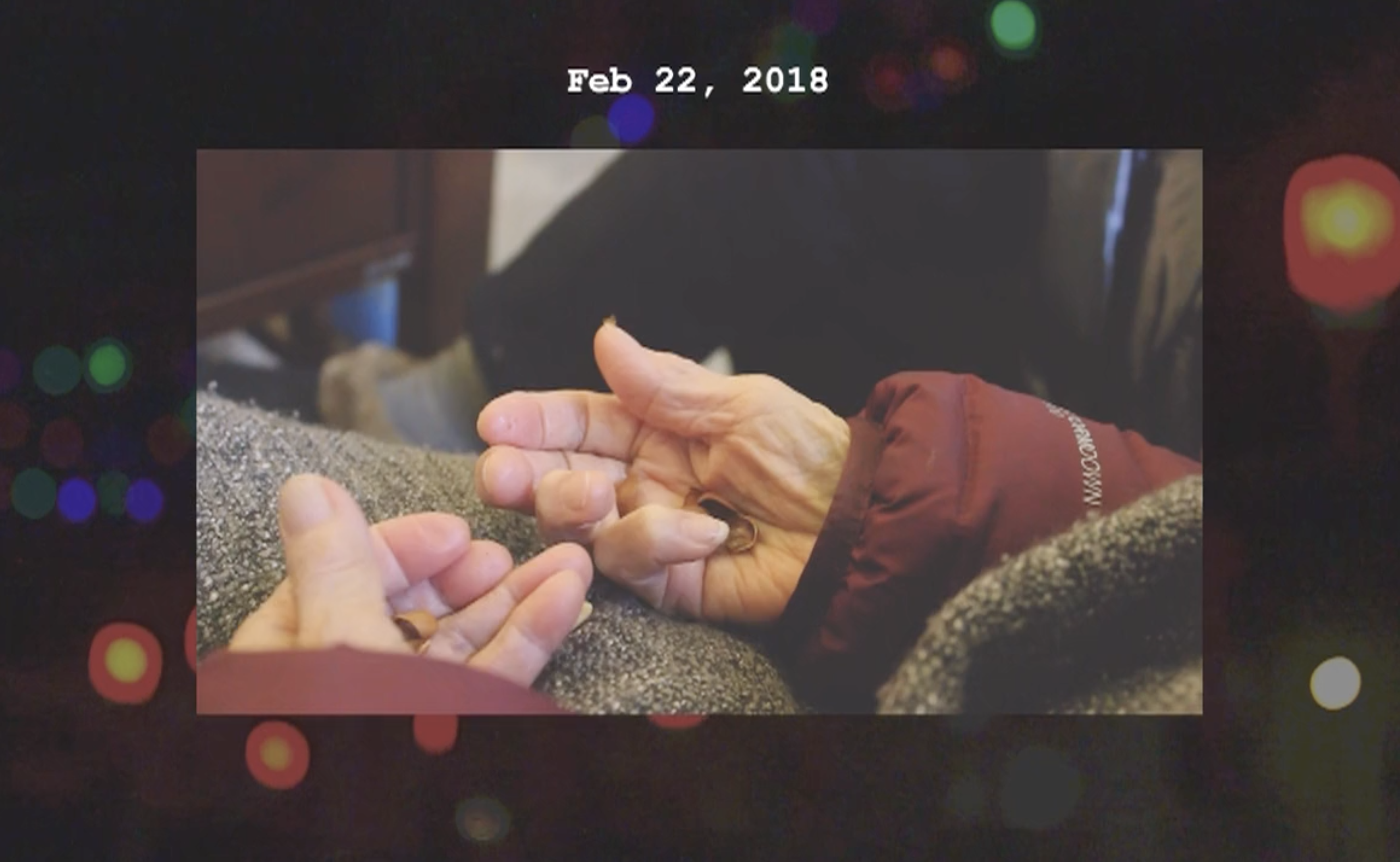2018, 2022
Osmanthus Alley (桂花巷)
Multichannel video installation
As a child of diaspora, I know that memories are travelers and shapeshifters. Osmanthus Alley (桂花巷 Guì Huā Xiàng) grapples with the impermanence of family memories as a Chinese American immigrant and the anxious dreams of permanence introduced by archives, camera technologies, and smart phones. In what moments is the approximation of intimacy by technology not enough?
In 2018 and 2019, I visited my family in China, thinking this time would be the last time to see my maternal grandparents. I had anxiety going into the trips and packed a camera, wanting to document everything. What I saw through the lens and the process of editing have become a bastion of memories, against the videos sent by my relatives via group chat of my grandparents' unyielding drift towards passing.
Scholar Ariella Azoulay writes that photography is an inherently violent act. We as camera-wielders and viewers of videos, especially of those who have passed, are responsible to what we capture, see, and imagine. Was I seeing to quell my anxiety or to know my grandparents? Surveillance can often happen in the name of love, but that breed of love is one that fears impermanence, uncertainty, and grief.


Video stills

Installation view, Huret & Spector Gallery.
On display
-
Central Square Theater, Nov 10 - Dec 11, 2022, alongside the play, The Chinese Lady, in partnership with CHUANG Stage.
- Huret & Spector Gallery, Emerson College, 2018.